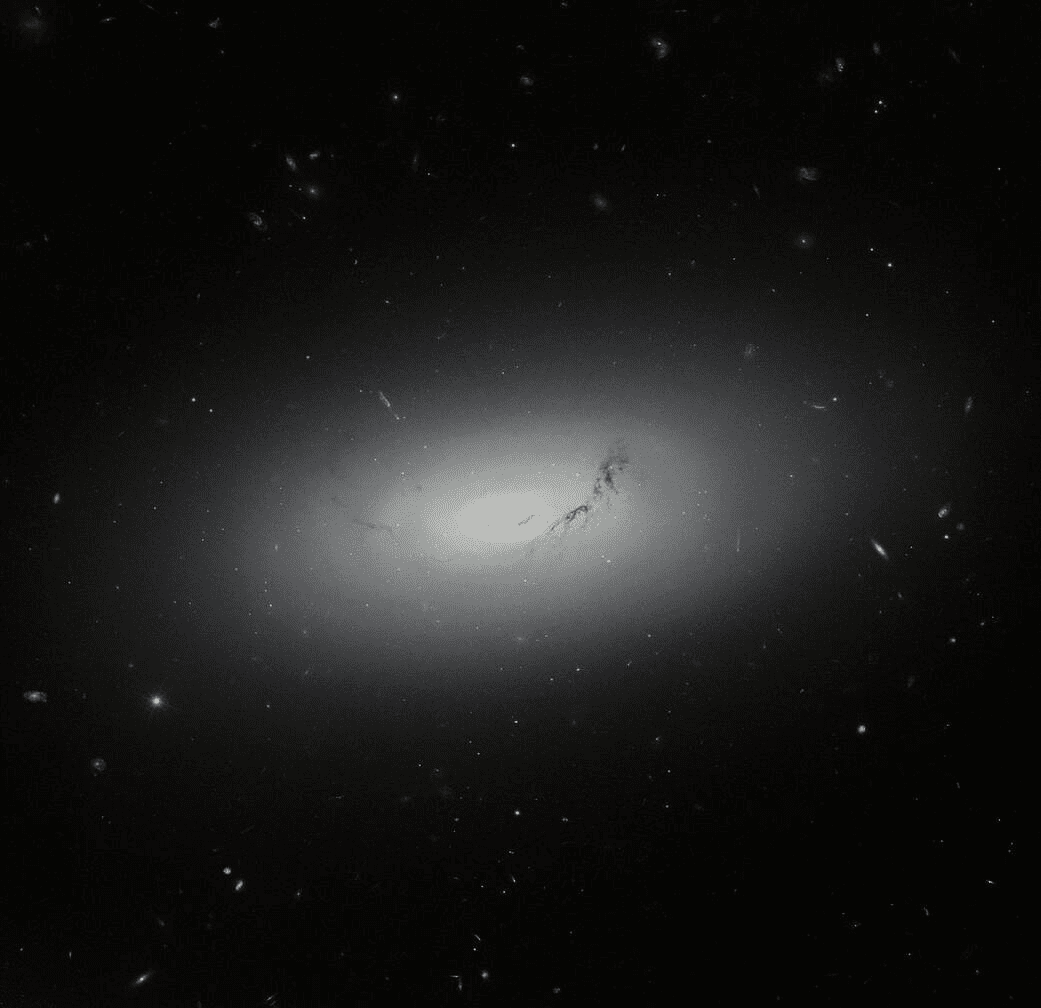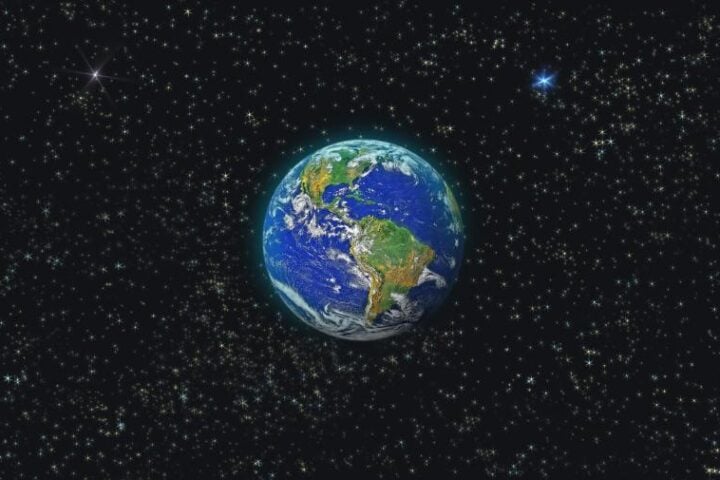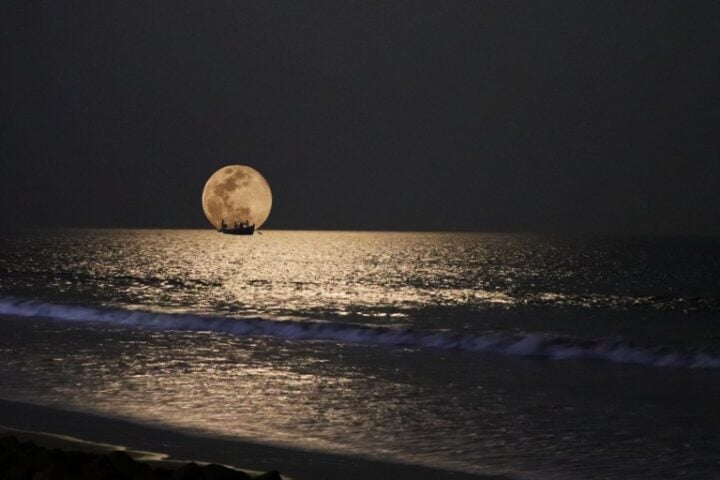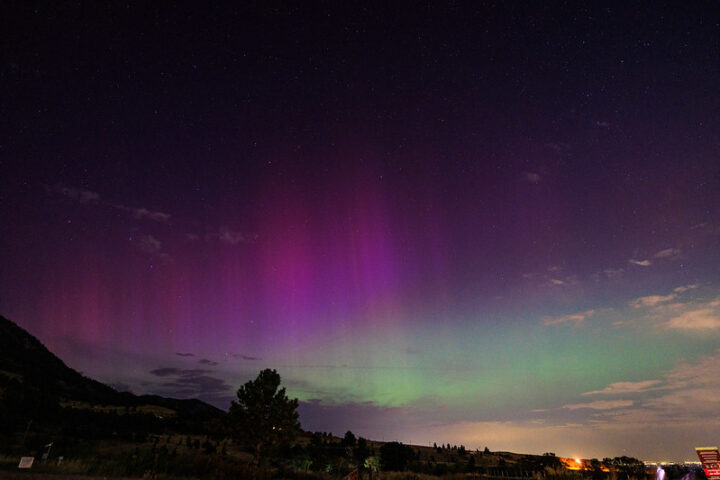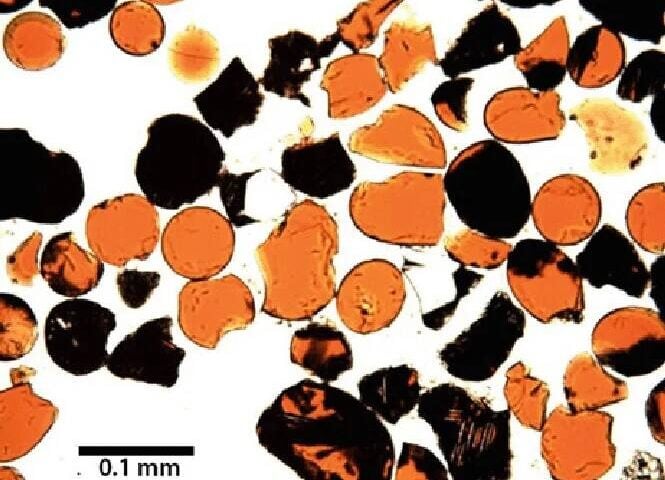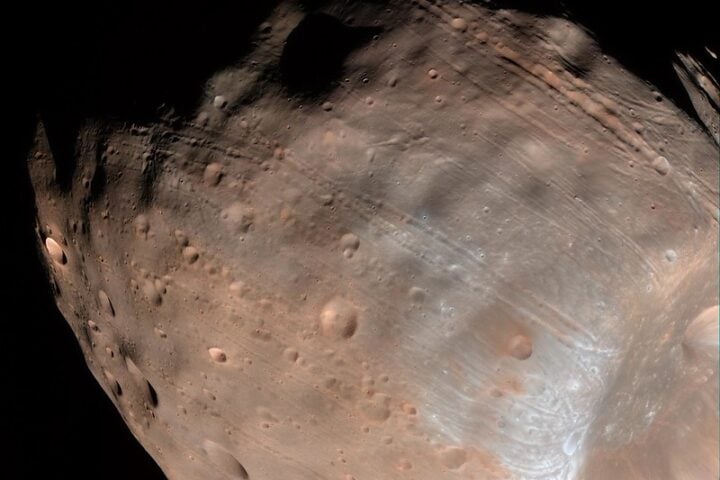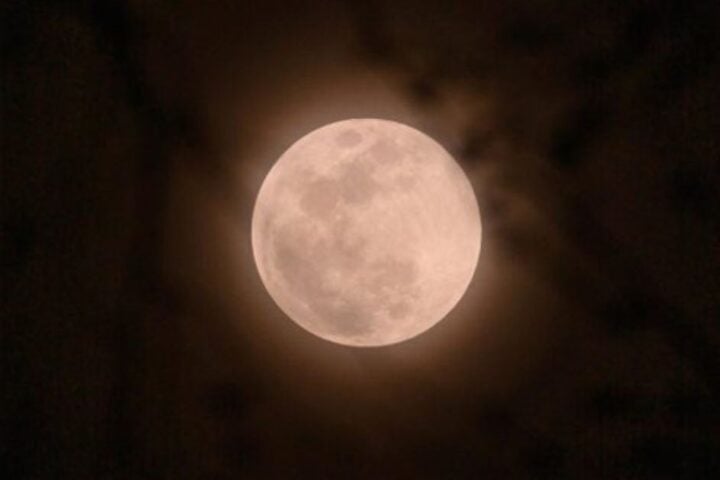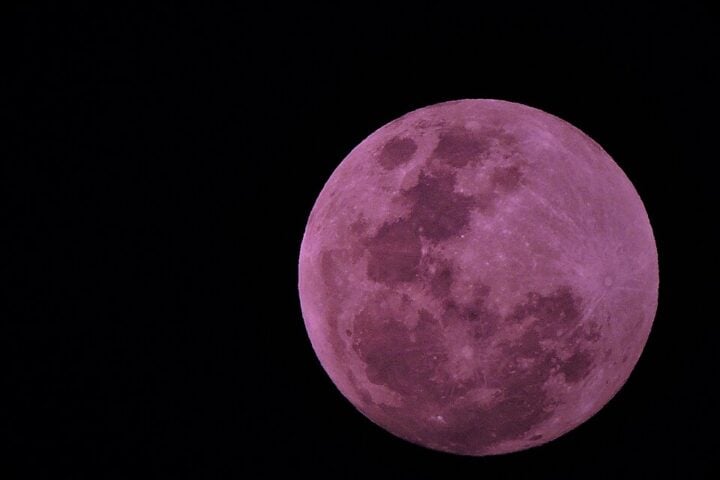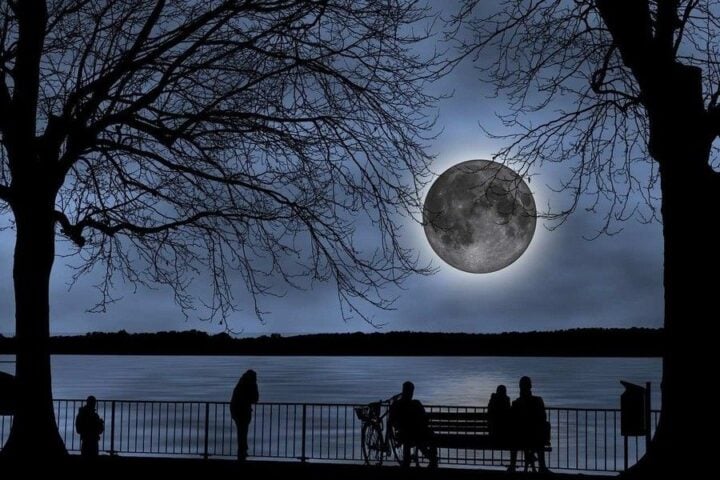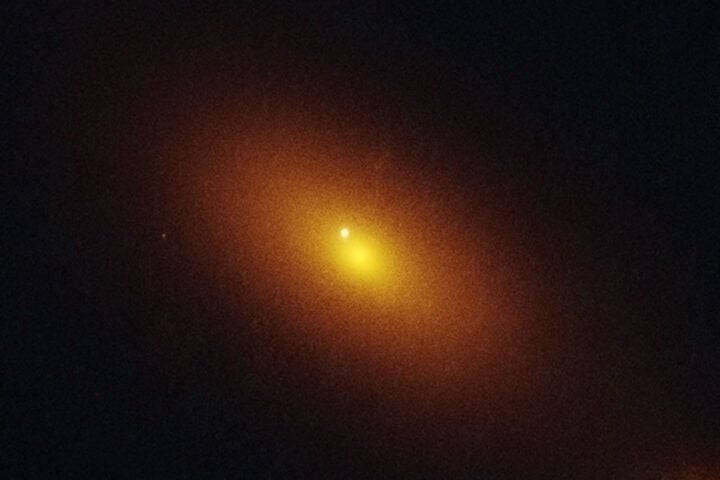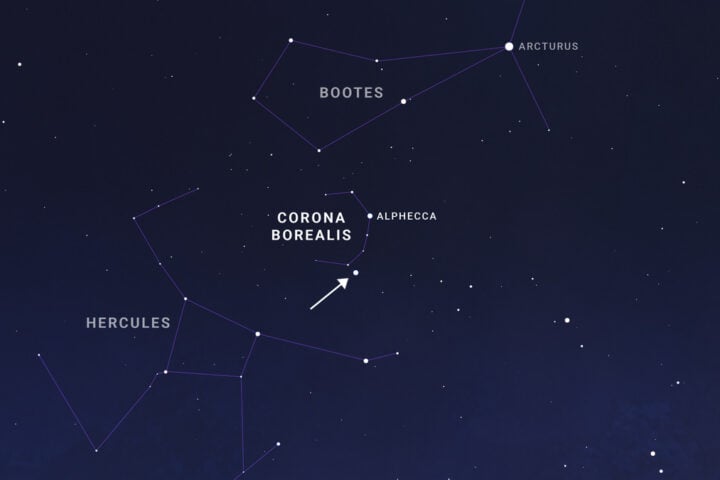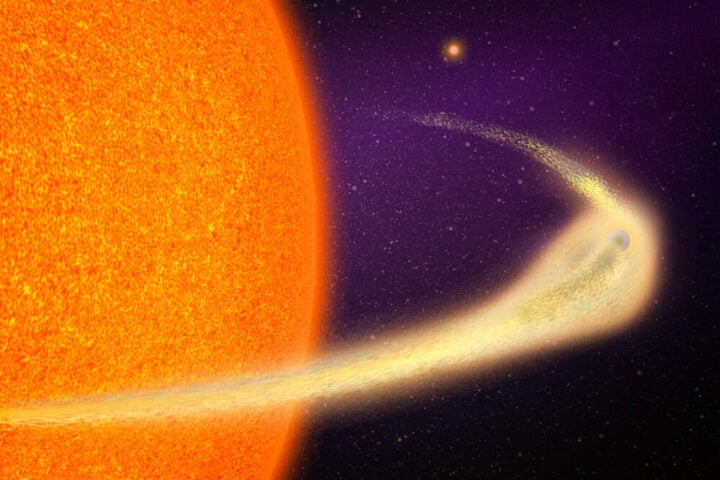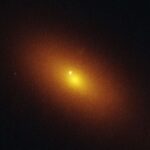The universe is truly awe-inspiring with its vastness and mysterious celestial objects. Just recently, the Hubble Space Telescope, a joint effort by NASA and the European Space Agency (ESA), treated us to a captivating picture of the lenticular galaxy NGC 3156. This galaxy is situated about 73 million light-years away from us in the Sextans constellation, which isn’t very well known.
Lenticular galaxies, as their name hints, have a unique, lens-like shape and hold a special place in the cosmic family. Standing in as a bridge between elliptical and spiral galaxies, making it an intrigue-sparking part of our cosmic neighborhood. They possess characteristics of both, with a central bulge of stars surrounded by a large disk, often adorned with dark dust lanes. However, unlike their spiral counterparts, they lack pronounced spiral arms and primarily consist of older stars with minimal ongoing star formation.
NGC 3156 is no ordinary lenticular galaxy. Presenting typical features of its kind, like the two visible threads of dark reddish-brown dust crisscrossing its disk, it also reveals intriguing insights for astronomers. “NGC 3156 has been studied in myriad ways, from its cohort of globular clusters to the stars being devoured by the supermassive black hole at its core,” states a report from the European Space Agency. This galaxy seems to have consumed a higher-than-average percentage of stars by its central black hole, unlike similar galaxies.
The constellation hosting NGC 3156, Sextans, has its own tale to tell. Named after the sextant, an astronomical tool used to measure angles in the sky, Sextans has historical significance. While modern-day astronomers associate sextants with 18th-century navigational instruments, their roots trace back much further. Islamic scholars, centuries ago, developed astronomical sextants, with notable examples like the colossal sextant in Samarkand, Uzbekistan, crafted by Ulugh Beg of the Timurid dynasty in the 15th century.
Similar Posts
However, as technology advanced, sextants were replaced by more precise instruments. Drawing a parallel, the European Space Agency remarked, “Sextants are no longer in use in modern astronomy, having been replaced by instruments that are capable of measuring the positions of stars and astronomical objects much more accurately and precisely.”
As we gaze upon such celestial wonders, we are reminded of the words of Andrea Gianopoulos from NASA, who aptly encapsulates the sentiment: “This dream-like image from the NASA/ESA Hubble Space Telescope features the galaxy known as NGC 3156.”
In the grand stage of the cosmos, galaxies like NGC 3156 have a vital role to play. Apart from being cosmic marvels, they’re also key players in helping us learn more about the universe.
